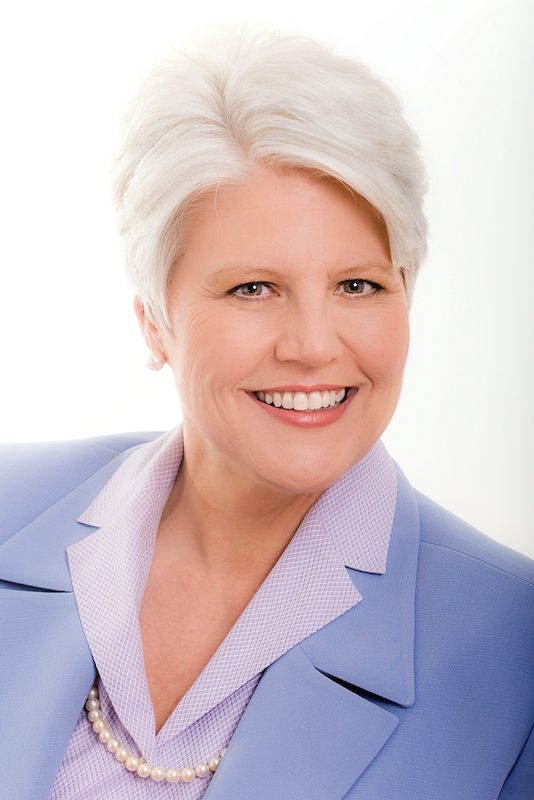“Setting boundaries” is a concept that’s generated much buzz in recent years, and for good reason. We chat with an expert with a few decades of experience for some advice.
Katharine Halpin, who has been a strategic growth advisor for nearly 30 years, works with leadership teams to create work environments where everyone feels safe to step up and speak up. “This ignites innovation which drives organic growth,” says Halpin.
The founder of The Halpin Companies, she explains that everything either gives us energy or drains us of energy. “To be a happy, fulfilled person,” she says, “we all must articulate first to ourselves and then to others what works for us and what does not work for us. Once we articulate this to ourselves, we are better able to negotiate expectations and boundaries with our loved ones and colleagues at work.”
Some useful language she recommends: “ABC doesn’t work for me; what would work for me is XYZ.” She adds, “Since I have a very soft style, I most often start by saying, ‘I just had a realization,’ which is often the truth.”
Shared values are key
In her eyes, the most important first step is to only work within a company where you share the values of the leaders. She gives the example of a former client, who is president of a two-year-old software startup. “The two co-founders and my former client, the female president, all speak freely about taking vacations, leaving early to attend children’s activities, and even taking mental-health days,” she shares. “As a result, their fast-growing team members all feel comfortable doing likewise. No ‘requests for time off’ or negotiation is required.”

If you work for someone who works 24/7, Halpin believes, it’s going to be difficult to negotiate expectations with your manager. “He/she/them could be an outlier in the organization,” she says, “so if you hear the executives talk about creating a different kind of work environment, you wouldn’t need to leave that organization — but it would be best to find another position within the company. We can’t fix a problem if the other party does not recognize there is a problem. Some people and organizations are simply not eligible to have us on the team.”
When it comes to practical boundary-setting steps, even seemingly simple acts like turning off your phone between 6pm and 7am will require education, negotiation and even more education as your colleagues learn to respect this boundary. “It is a process,” Halpin admits.
Ditch the devices
And in this multitasking world of constant screens and digital notifications, Halpin believes we must move away from our devices in order to stay focused. “If I am especially over-stimulated or if I want to read a novel,” she says, “I have to leave my devices in one room and then go to another room in my home. “
On a personal note, Halpin has worked from home for more than 25 years, so she calls her workspace “a safe place.” “Unless a client is going through a big transition, for example a promotion or they have a key person on my Step Up or Step Out Program,” she explains, “I don’t answer my phone in the evenings or on weekends. As a CPA, I worked long hours year-round. I saw the damage that did to my ability to maintain a balanced mindset and the cost to my physical health. So, it is easy to put the boundaries in place.”




